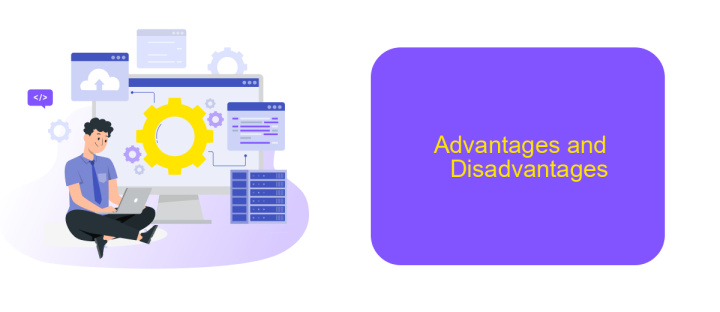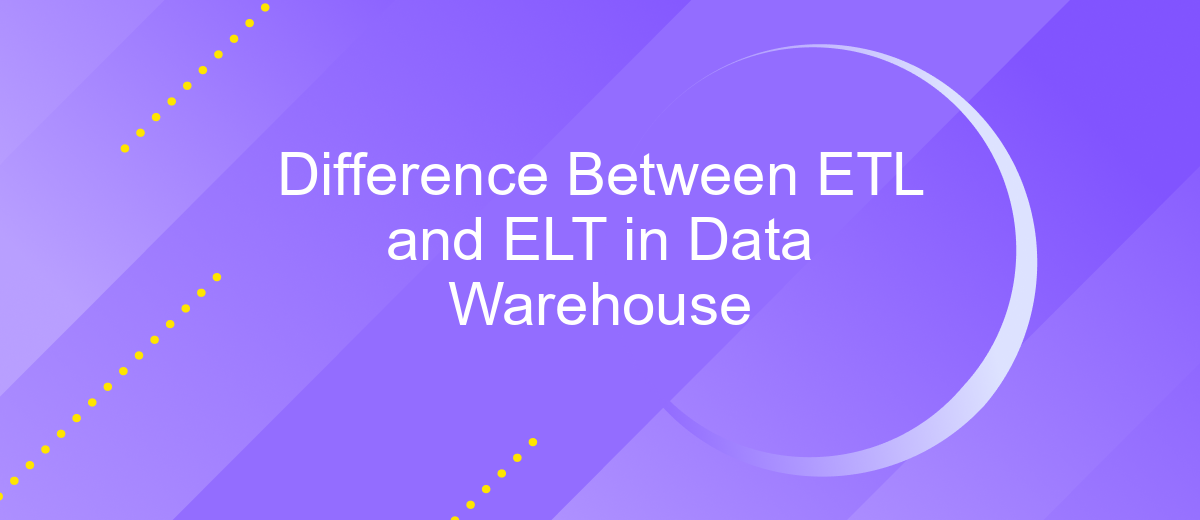Difference Between ETL and ELT in Data Warehouse
In the realm of data warehousing, understanding the nuances between ETL (Extract, Transform, Load) and ELT (Extract, Load, Transform) is crucial for optimizing data processing workflows. Both methodologies play pivotal roles in data integration, yet they differ significantly in their approach and use cases. This article delves into the key differences between ETL and ELT, highlighting their respective advantages and applications.
Introduction
Data warehousing is a critical component for businesses looking to leverage data for strategic decision-making. Two primary methods for managing data in a data warehouse are ETL (Extract, Transform, Load) and ELT (Extract, Load, Transform). Understanding the differences between these two processes is essential for optimizing data workflows and ensuring efficient data integration.
- ETL: Extracts data from various sources, transforms it into a suitable format, and then loads it into the data warehouse.
- ELT: Extracts data and loads it into the data warehouse first, and then performs the transformation within the data warehouse environment.
Choosing between ETL and ELT depends on various factors such as data volume, processing power, and specific business needs. Services like ApiX-Drive can facilitate seamless integration, making it easier to manage data flows regardless of the chosen method. Understanding these differences can help businesses make informed decisions and optimize their data management strategies.
Comparison Chart

ETL (Extract, Transform, Load) and ELT (Extract, Load, Transform) are two distinct approaches used in data warehousing. ETL involves extracting data from various sources, transforming it into a suitable format, and then loading it into the target database. This method is beneficial for complex transformations and ensures data quality before it reaches the destination. On the other hand, ELT extracts data and loads it directly into the target system, where the transformation process occurs. This approach leverages the processing power of the target system and is suitable for handling large volumes of data more efficiently.
Choosing between ETL and ELT depends on the specific requirements of your data integration process. ETL is ideal for scenarios requiring extensive data cleaning and transformation before loading, making it suitable for compliance and regulatory reporting. ELT, however, excels in environments where quick data loading and on-the-fly transformations are necessary, such as real-time analytics. Tools like ApiX-Drive can facilitate these processes by automating data integration, ensuring seamless connectivity between various data sources and destinations, thus optimizing your data workflows.
Definition of ETL and ELT

ETL (Extract, Transform, Load) and ELT (Extract, Load, Transform) are two different approaches used in data warehousing to process and manage data. ETL involves extracting data from various sources, transforming it into a suitable format, and then loading it into the target database. This process is typically used when the data requires significant transformation before it can be used effectively.
- Extract: Data is collected from multiple sources such as databases, APIs, and flat files.
- Transform: The extracted data is cleaned, enriched, and formatted to meet the requirements of the target database.
- Load: The transformed data is then loaded into the data warehouse for analysis and reporting.
On the other hand, ELT reverses the last two steps of the ETL process. Data is first extracted and loaded into the data warehouse in its raw form. The transformation is then performed within the data warehouse itself. This approach is often more efficient for handling large volumes of data and leverages the processing power of modern data warehouses. Services like ApiX-Drive can facilitate these processes by automating data integration and ensuring seamless data flow between various systems.
Advantages and Disadvantages

ETL (Extract, Transform, Load) and ELT (Extract, Load, Transform) are two prominent data integration methods used in data warehousing. Each has its own set of advantages and disadvantages, which can impact the efficiency and effectiveness of data processing.
ETL is known for its ability to transform data before loading it into the data warehouse, ensuring that only clean and structured data is stored. This can be beneficial for maintaining data integrity and consistency. However, ETL processes can be time-consuming and require significant computational resources.
- ETL Advantages:
- Ensures data quality and consistency
- Suitable for complex transformations
- Reduces storage requirements
- ETL Disadvantages:
- Time-consuming
- High computational cost
- Complex setup and maintenance
- ELT Advantages:
- Faster data loading
- Utilizes data warehouse processing power
- Scalable for large datasets
- ELT Disadvantages:
- Potential data quality issues
- Requires robust data warehouse infrastructure
- Complex transformations may be challenging
Choosing between ETL and ELT depends on the specific requirements of your data integration process. Tools like ApiX-Drive can help streamline these processes by offering automated data integration solutions, making it easier to manage and maintain your data workflows.
- Automate the work of an online store or landing
- Empower through integration
- Don't spend money on programmers and integrators
- Save time by automating routine tasks
Conclusion
In conclusion, both ETL (Extract, Transform, Load) and ELT (Extract, Load, Transform) play pivotal roles in data warehousing, each with its unique strengths and applications. ETL is traditionally favored for its structured process, enabling thorough data transformation before loading into the data warehouse. This approach is particularly beneficial for organizations dealing with legacy systems and requiring high data quality and compliance.
On the other hand, ELT leverages the power of modern data warehouses and cloud-based platforms to perform transformations after loading the data. This method is optimal for handling large volumes of unstructured data and real-time analytics. Tools like ApiX-Drive can facilitate seamless integration and automation of data workflows, ensuring efficient data processing and transformation. Ultimately, the choice between ETL and ELT depends on the specific needs and infrastructure of the organization, with both methodologies offering distinct advantages for different scenarios.
FAQ
What is the main difference between ETL and ELT?
When should you use ETL over ELT?
When is ELT more advantageous than ETL?
Can you automate ETL and ELT processes?
What are some challenges associated with ETL and ELT?
Do you want to achieve your goals in business, career and life faster and better? Do it with ApiX-Drive – a tool that will remove a significant part of the routine from workflows and free up additional time to achieve your goals. Test the capabilities of Apix-Drive for free – see for yourself the effectiveness of the tool.


